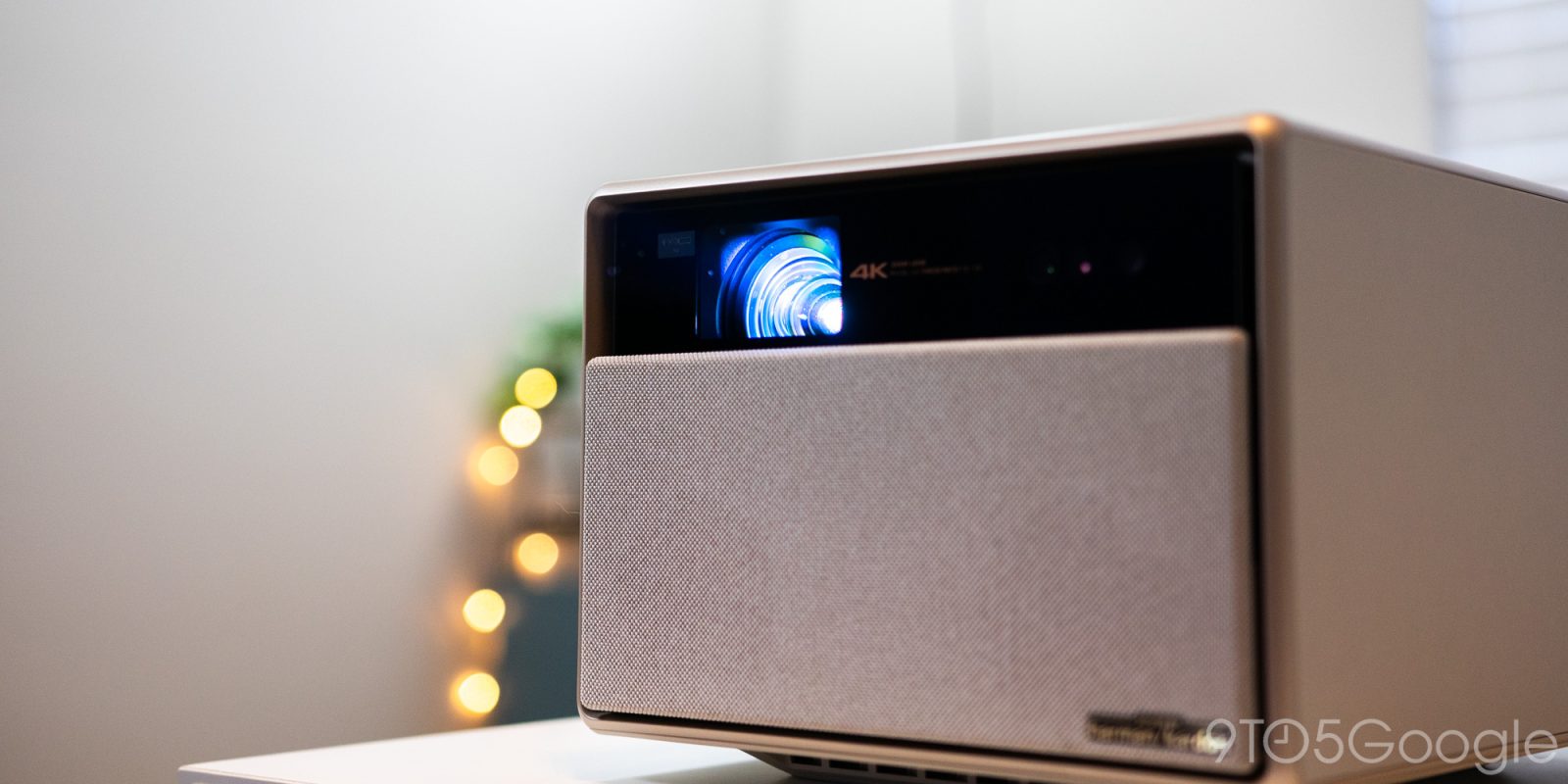
The Xgimi Horizon Ultra is the first 4K long-throw projector to introduce Dolby Vision, which is a pretty big feat. As skeptical as we want to be, it’s proven it deserves every bit of our attention. With Dolby Vision and its price point, the Horizon Ultra just might be one of the absolute best values on the market.
Small build
The Xgimi Horizon Ultra is what I would classify as a “portable” projector. It doesn’t have a built-in battery like some, but it’s small enough to be easily moved around the room. At first glance, it looks like an expensive square speaker – it’s encased in PU leather and cloth, which gives it a modern aesthetic. However, tapping the power button on the back sets a motor in action that smoothly pulls part of the facade down, revealing the projector lens and sensors.
One of the biggest selling points, in my opinion, is the multitude of tricks the Xgimi Horizon Ultra has up its sleeve. The sensors next to the projector lens offer up a few key features that bring projectors into the modern world.
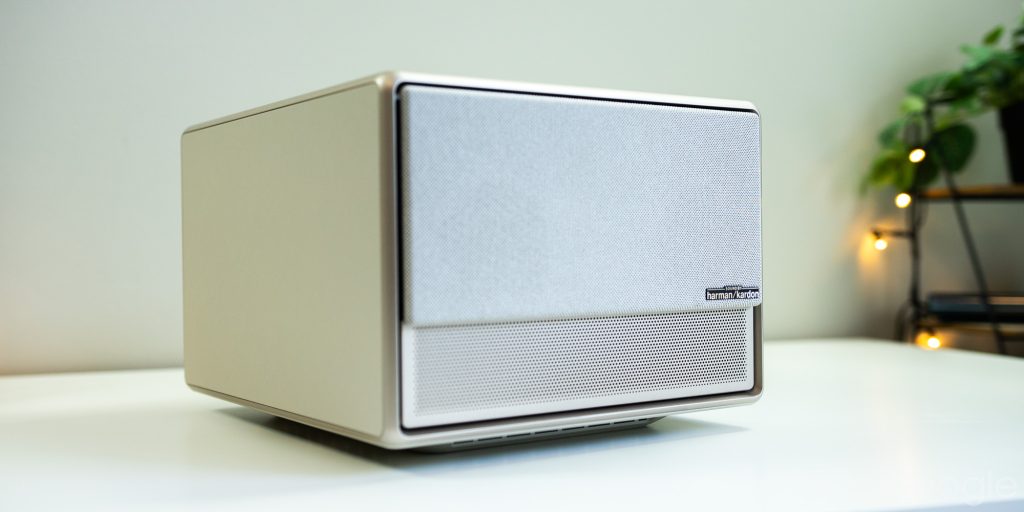
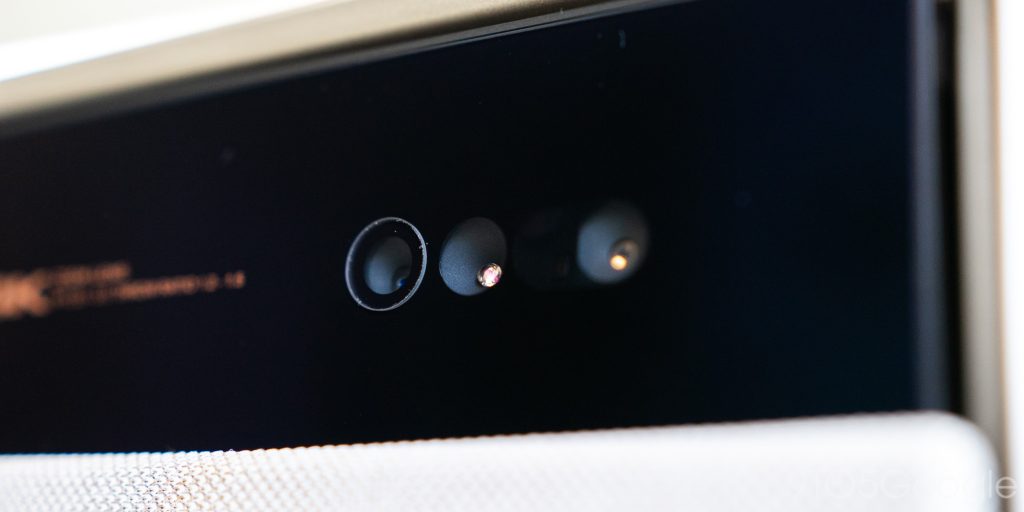
First off, the Horizon Ultra has built-in automatic keystone correction. Whenever the projector is moved, it will automatically square the image up on your wall or screen. The automatic portion can be turned off, but you always have the option to trigger a keystone correction. Sometimes the Horizon had an issue with getting a well-lined image, but a quick manual keystone adjustment fixes that.
The second quality-of-life feature that makes a case for portability is the automatic focus adjustment tool. This function can also be set to trigger whenever the projector moves, however the remote has a dedicated focus button. Clicking it triggers a quick sequence that lets the Xgimi Horizon Ultra align its lenses perfectly. Unlike the auto keystone feature, I never had an issue where the Horizon didn’t catch focus properly.
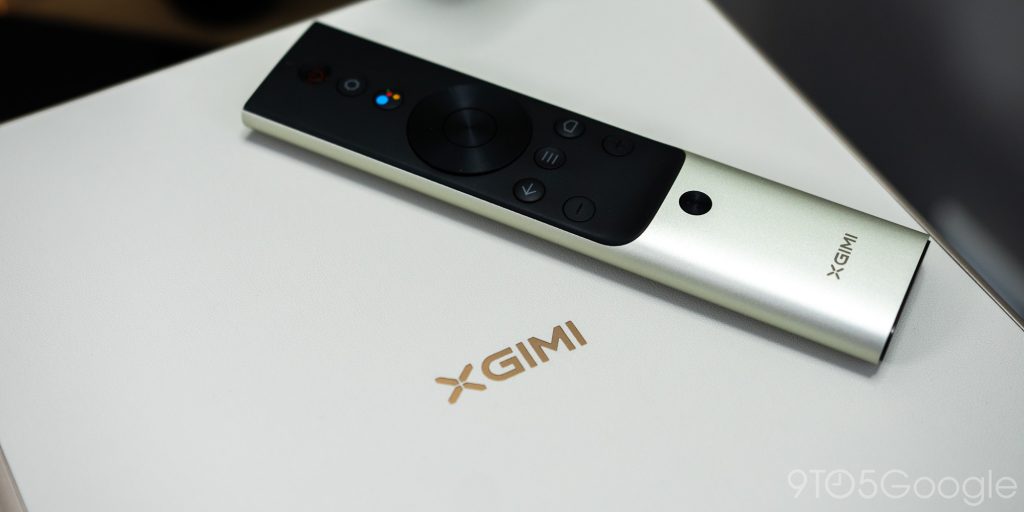
Once you have adjustments made – which takes seconds – the Horizon Ultra displays at a rather impressive throw ratio. The specific ratio sits at 1.2-1.5:1. When set up about 6-feet away, I got an image about 63-inches wide. Pulling it back just a bit extends it quite a ways and I could get an image on my 120-inch ALR screen from roughly around 10.5-feet away. With a long-throw projector, that’s perfectly acceptable in my eyes.
Xgimi’s newest projector is also capable of projecting at extreme angles with ease. If you’re confined to a small space, the projector can be placed at something like a 60-degree angle from the wall and still produce a fine image. The space farthest from the light source is going to be a little darker, but it surprised me with how flexible it can be.
The Xgimi Horizon brings added versatility with its array of connection points. On the back, there are 2 HDMI ports – 1 is eARC – and 2 USB ports. If you want to have a private showing, there’s is a 3.5mm headphone or AUX jack, as well as an optical tie-in. In all honesty, I’ve been nothing but satisfied with the built-in Harman Kardon-branded speakers, but the option to expand it with eARC or optical is there.
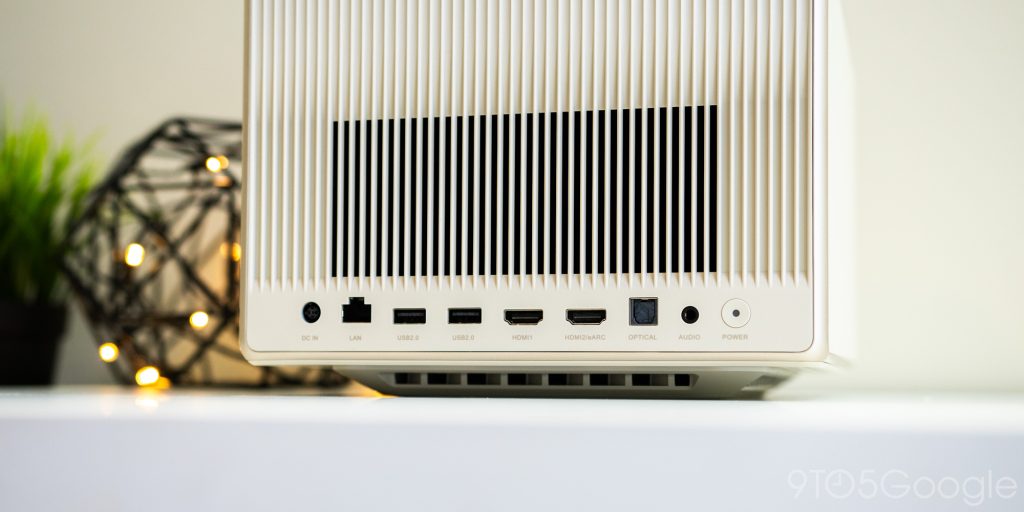
Big picture
Beyond the hardware itself, Xgimi really seemed to make incredible headway with it’s image processing. Internally, the Horizon Ultra uses “dual light” technology, combining both LED and laser projection methods to create a unified picture. Xgimi claims that this approach brings the benefits of both light sources while mitigating the negatives of each.
For instance, tri-color laser lighting has high brightness and color accuracy, but it can be uncomfortable to watch with a long-throw projector since the light is literally bouncing right back at your eyes. Monochromatic laser is less accurate, but less aggressive on the corneas. At the end of the spectrum, LED’s only main benefit is comfort.
Combining all three brings better accuracy, higher brightness, and a more comfortable viewing experience. At 2,300 ISO Lumens, it isn’t the brightest we’ve seen. However, it’s genuinely shocking how good performance is in daytime viewing.
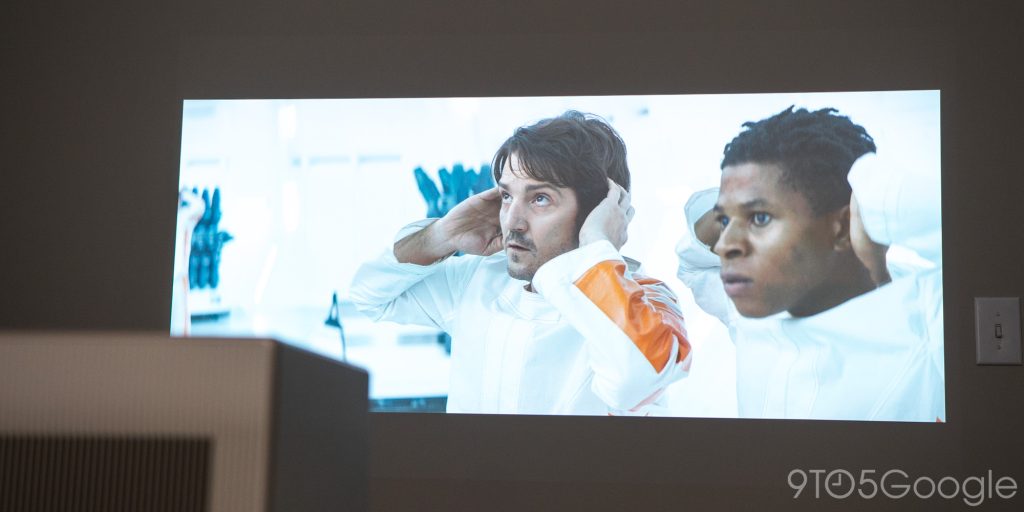
We’ll preface it with this – you’ll need to draw your shades and turn off any ambient light. In that situation, you’ll get a good picture with easy-to-see bright scenes and acceptable dark ones. But even if you don’t do that, image quality is much better than other traditional long-throw projectors we’ve used. It’s of course nowhere near as perceptible as an OLED or LED TV, however, this long throw is starting to creep into the benefits of a short throw, even with an average Lumen count.
The Ultra does come with a couple of compensation features. For instance, if set up, it can automatically adjust the light output for bright conditions using a physical iris. The internal technology is genuinely impressive and consists of hundreds of individual elements that adjust to give you the best picture based on surrounding conditions. Without diving into too much detail, the general gist is that the Horizon Ultra sets you up as best it can for a long-throw projector, but you’ll still need some darkness.
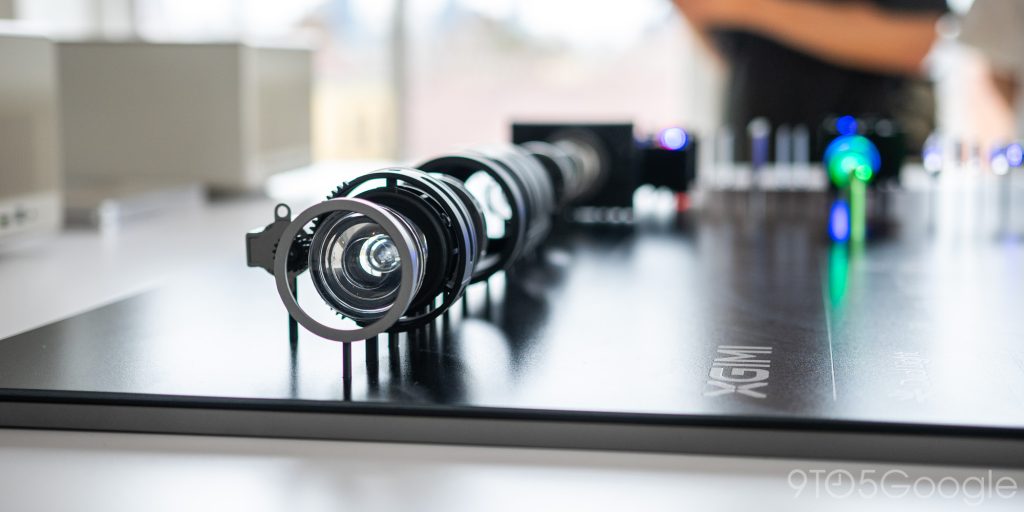
The Dual Light system does seem to benefit color accuracy; when watching regular SDR or HDR content, colors look great. This is a pretty far cry from the Xgimi Aura, which I had difficulty with when trying to get colors to look reasonable. The Horizon Ultra, on the other hand, has no issues at all with reproduction. I simply set Image Mode to “Custom” and changed minimal settings. Bring Sharpness down to around 5 and Noise reduction to “Medium.” The color temperature also seemed accurate at “Standard.”
Related: The Xgimi Aura proves short-throw projectors don’t have to be expensive
The projector utilizes a dynamic filter system, that adjusts colors like it adjusts light output. This ensures that you’re getting genuine color accuracy no matter what color wall you have or how much light is in play. The system works really well and I’ve been surprised at how plug-and-play the Horizon Ultra is in comparison to almost every single other projector on the market.
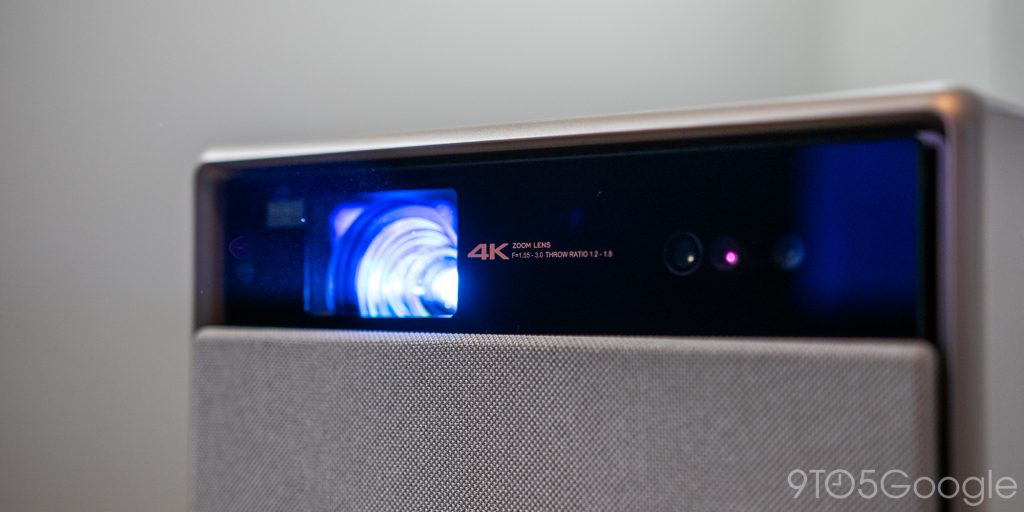
When displaying Dolby Vision content, a whole different beast emerges. Thankfully, it’s a low-effort beast and pulls all of the weight itself. Dolby Vision content meets very specific guidelines, which is why there are no other long-throw projectors currently on the market with it.
When activated, those guidelines kick in and the Horizon Ultra offers its preferred color settings, which I think look fantastic. Rewatching Star Wars Andor, I saw gorgeous warm tones and crisp colors that just looked surreal.
My only gripe would be that the Xgimi Horizon Ultra has a slight issue with dark colors. Where other projectors can successfully emulate shadows with detail, the Horizon doesn’t seem to emulate darker tones well and they sometimes look slightly blown out.
Who’s the Xgimi Horizon for?
The Horizon sits in a really weird spot for me. At $1,600, it’s most definitely more expensive than an 85-inch LED 4K TV. However, it sits in a fantastic spot for those looking for an entry point to projectors that can handle up to 120-inch screens or more.
You’re still going to suffer somewhat in daylight, and that’s just how the game works when you’re running a 2,300 Lumen projector. On the flip side, buy some blackout curtains, paint your walls grey, and you’ve got a home cinema that will impress most viewers.
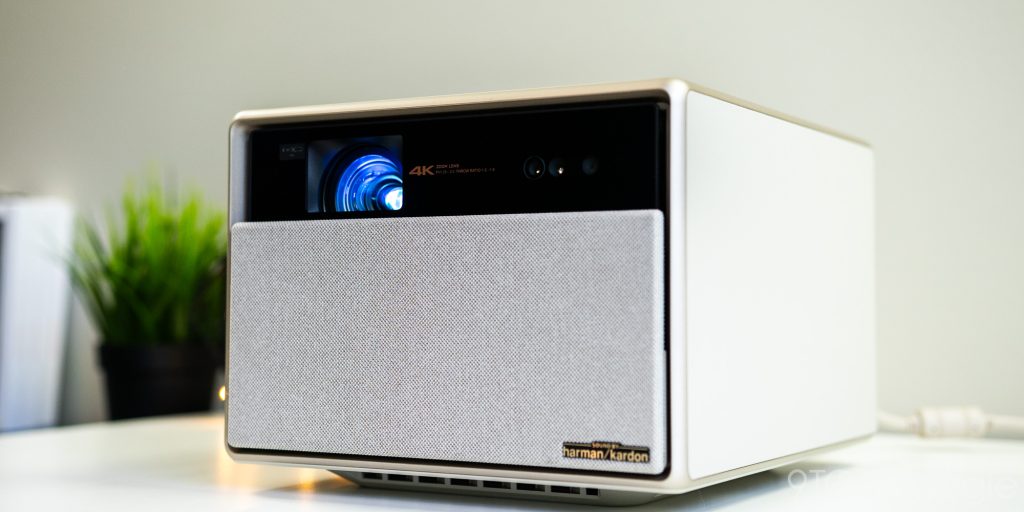
Of course, there are much more expensive options out there. But at $1,600, the Xgimi Horizon Ultra offers fantastic features to make it more versatile and a great Dolby Vision-certified image in a small, portable package. It’s basically plug-and-play that offers a great image on a wall or screen. At its price point, I consider the Xgimi Horizon Ultra a winner.
Buy the Xgimi Horizon Ultra
FTC: We use income earning auto affiliate links. More.


Comments